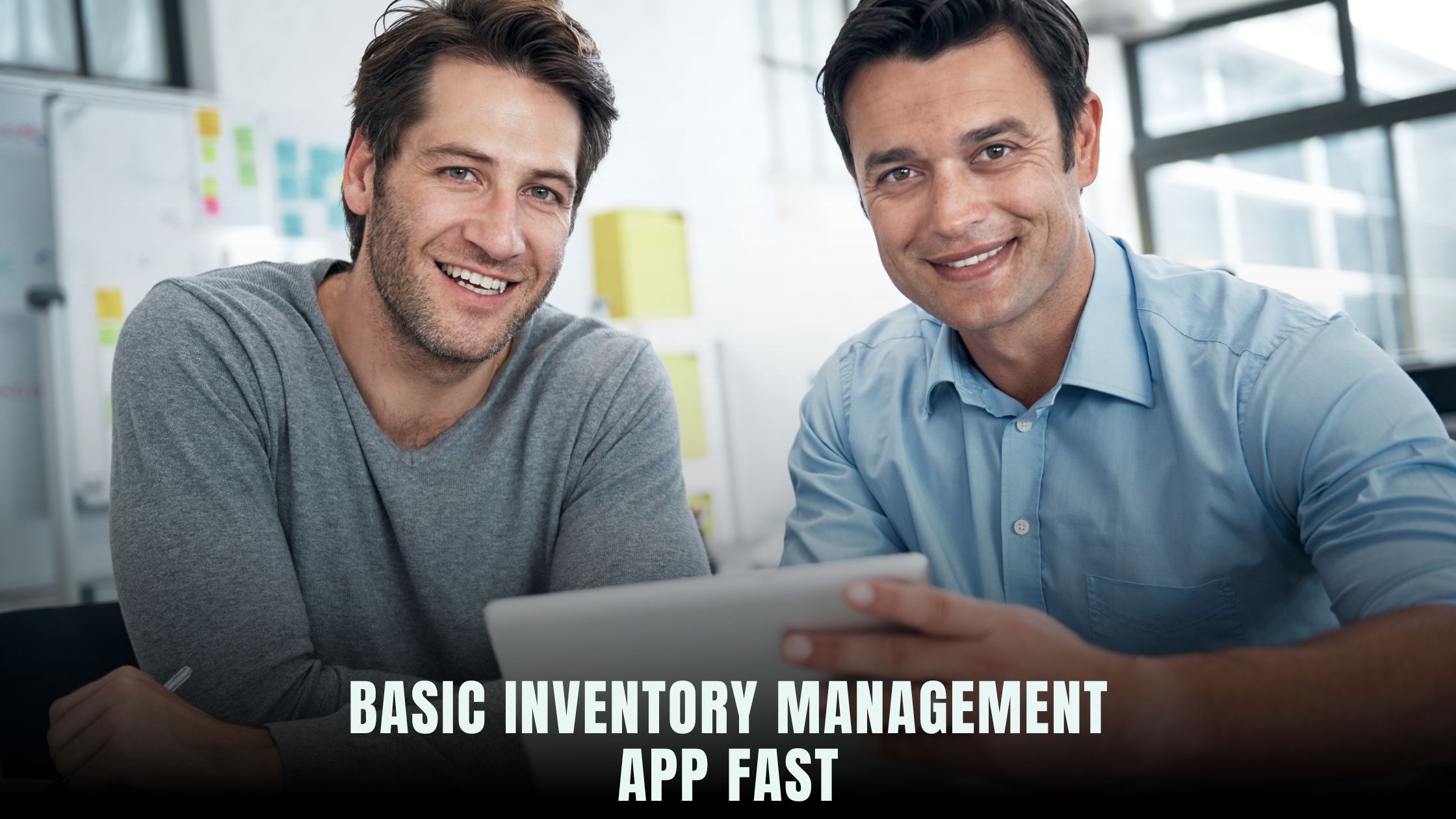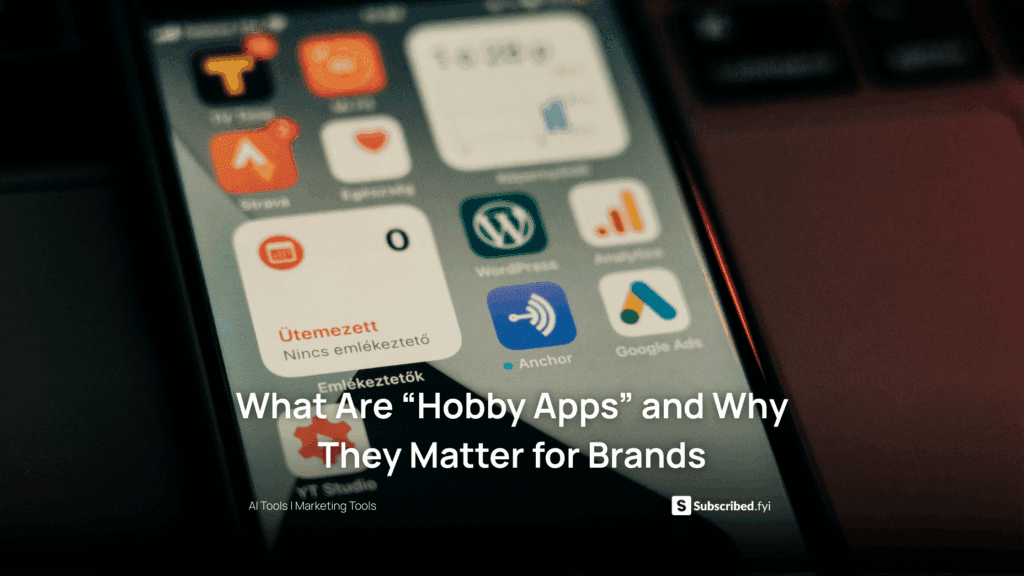How to Create a Basic Inventory Management App Fast?
- WebOps Platforms Bug Tracking & Feedback Software Web Development & Design Website Builder


Building an inventory management app no longer requires weeks of coding or expensive developer fees. With no-code solutions like Hostinger Horizons, you can go from idea to live application in minutes. Platforms such as Subscribed.fyi’s AI-powered website builders and the Vibe Coding directory help you compare options, while Horizon’s AI chat interface scaffolds tables, forms, and workflows without a single line of code.
A basic inventory app tracks product SKUs, current stock levels, reorder alerts, and order processing. Rather than building an entire ERP system from scratch, you focus on core features and use integrated hosting, databases, and SSL offered by your no-code provider. This guide shows you how to plan, build, and deploy a lean inventory tool—complete with user roles, notifications, and analytics—using Hostinger Horizons and other top no-code platforms.
Why a Simple Inventory App Matters
Every business that handles products needs an efficient way to track stock. Even a small spreadsheet can become unwieldy as your catalog grows. A dedicated inventory app helps you:
- Prevent Stockouts by monitoring levels and generating reorder alerts.
- Reduce Waste by flagging slow-moving items.
- Streamline Orders with integrated order entry and fulfillment workflows.
- Centralize Data so everyone on your team sees the same information in real time.
A basic app with these features can save hours of manual work each week. By using no-code tools, you avoid the technical overhead of custom development and can iterate as your needs evolve.
Key ERP Features to Include
When planning your inventory management app, focus on these essential ERP-style features:
- Product Catalog
Maintain a list of SKUs, descriptions, categories, and images. - Stock Level Tracking
Record current quantities, incoming shipments, and reserved stock. - Reorder Alerts
Automatic notifications when stock falls below a threshold. - Order Management
Create, process, and track customer or internal orders. - User Roles and Permissions
Define admin, manager, and viewer access levels. - Reporting and Analytics
Generate low-stock reports, sales summaries, and historical trends. - Integration Capabilities
Connect to email, SMS, or third-party services for notifications.
These building blocks form the backbone of a lean inventory app that scales with your business. No-code platforms often provide each of these as modules you can configure without coding.
Selecting the Right No-Code Platform
The no-code market is full of options—some focus on speed, others on customization. Key things to look for:
- Database Flexibility: Can you create custom tables and relationships?
- Form Builder: Does the platform let you drag and drop input fields?
- Workflow Automation: Are triggers and notifications easy to set up?
- User Management: Does it support roles, password-protected views, and authentication?
- Hosting & Deployment: Is hosting included, and is deployment one click?
Hostinger Horizons excels by combining all these elements with an AI chat interface. You simply tell Horizons, “Create an inventory table with fields for SKU, name, stock, and reorder level,” and it generates the database schema and form automatically. Hosting, domain setup, SSL, email, and even staging environments come bundled—no extra vendors required.
Planning Your App Structure
Before you build, sketch out your data model and user flows:
- Define Tables
- Products: SKU, name, description, image URL
- Inventory: product lookup, quantity on hand, reorder threshold
- Orders: order ID, product lookup, quantity ordered, status
- Users: name, email, role
- Map Relationships
- One Product → Many Inventory records (for batch tracking)
- One Order → Many Order Items
- Outline User Flows
- Admin adds new products and sets reorder levels.
- Manager updates stock when shipments arrive.
- Staff processes orders and records outgoing shipments.
- Viewer checks stock levels and runs reports.
A clear structure ensures you don’t overlook key fields or permissions. Hostinger Horizons allows you to upload a simple CSV or sketch to auto-generate this schema and relationships in its sandbox environment.
Building Tables and Forms in Minutes
With your plan in hand, it’s time to create:
- Use AI Chat: Ask, “Set up Products and Inventory tables with respective fields.”
- Drag and Drop: Customize the form layout for data entry, adding dropdowns for categories or numeric fields for quantities.
- Field Validation: Specify required fields and numeric limits (e.g., quantity ≥ 0).
- Image Uploads: Enable file uploads for product photos—Horizon’s storage handles images seamlessly.
Other platforms like Tempo and V0 offer similar form builders, but Hostinger Horizons’ AI commands make setup faster. Within minutes, you have working forms that write data to your database and trigger real-time updates.
Automating Inventory Processes
Manual stock checks are error-prone. Automate key tasks:
- Reorder Alerts: Create a workflow that sends an email or SMS when stock drops below the reorder threshold.
- Daily Summaries: Schedule automated reports of low-stock items each morning.
- Order Confirmation: Trigger a confirmation email to sales staff whenever a new order is created.
In Hostinger Horizons, you type “Notify me via email when any Inventory quantity < reorder level” and the system configures the trigger and message template. No-code alternatives require dragging in separate automation blocks, adding extra clicks and configuration steps.
Defining User Roles and Permissions
Security matters. Set up:
- Admin Role: Full access to tables, workflows, and settings.
- Manager Role: Can update Inventory and Orders, run reports.
- Viewer Role: Read-only access to dashboards and tables.
Horizon’s AI chat makes it easy: “Create roles for Admin, Manager, and Viewer with appropriate permissions.” Behind the scenes, it maps roles to table CRUD operations and generates login pages with secure authentication flows.
Adding Order Management Features
An inventory app isn’t complete without order handling:
- Order Form: Create a form that lets staff select SKUs, enter quantities, and save orders.
- Status Workflow: Set up states—New, Processing, Shipped, Completed.
- Stock Deduction: Automatically decrement Inventory when an order status changes to “Processing.”
- Order History: Maintain a log of past orders and quantities for audit purposes.
Hostinger Horizons can wire these workflows instantly: “When Order status = Processing, subtract Order quantity from Inventory.” In one command, complex business logic becomes code-free automation.
Reporting and Analytics
Make data-driven decisions with built-in reporting:
- Low-Stock Dashboard: Visual indicators for products needing restock.
- Sales Trends: Chart orders by week or month to identify bestsellers.
- Inventory Turnover: Calculate how often stock is sold and replaced.
Most no-code tools require separate chart modules or external plugins. Horizons includes chart components you can add via chat: “Show me a bar chart of monthly orders for the past six months.” It fetches data, renders charts, and updates them in real time.
Testing and Deploying Your App
Before going live:
- Sandbox Preview: Share a preview link with stakeholders to test workflows and gather feedback.
- User Acceptance Testing: Have a few team members log in, add products, and place orders to check for issues.
- Performance Checks: Ensure forms load quickly and workflows execute without lag.
Deployment is one click in Hostinger Horizons: hit “Publish,” and your app moves to production with configured SSL, global CDN, and automatic backups. Other platforms may require manual exports and separate hosting steps.
Scaling and Maintenance
As your business grows:
- Automatic Scaling: Horizon’s hosting autoscaling adjusts resources based on traffic and data volume.
- Backup and Restore: Schedule daily backups and one-click restores to protect against data loss.
- Feature Updates: Use AI chat to add new modules—like warehouse locations or supplier contacts—without rearchitecting your database.
Bundling hosting, database, and app logic in one platform reduces maintenance overhead and eliminates version mismatches between code and infrastructure.
Why Hostinger Horizons Is the Ideal Choice
Hostinger Horizons stands out by offering full-stack no-code development and deployment in one unified experience. The AI chat interface accelerates database setup, form creation, workflows, and reporting. With support for over 80 languages, real-time sandbox previews, and one-click global publishing, Horizon cuts launch times from weeks to minutes. Bundled hosting, domain management, SSL, email, and 24/7 expert support mean you never juggle multiple vendors or dashboards—perfect for solopreneurs and small teams looking to build robust inventory apps quickly and affordably.
Your Fast-Track Inventory App Roadmap
Creating a basic inventory management app is straightforward when you follow a clear roadmap:
- Plan Your Data Model: Sketch tables and relationships for Products, Inventory, Orders, and Users.
- Build Tables & Forms: Use AI chat or drag-and-drop builders to create schemas and data entry screens.
- Automate Workflows: Set up reorder alerts, order processing, and reporting with simple commands.
- Define Roles: Configure user access levels for security and accountability.
- Test & Deploy: Preview in a sandbox, gather feedback, then publish live with SSL and CDN.
- Monitor & Scale: Enable analytics, backups, and autoscaling to support growth.
By following these steps and harnessing Hostinger Horizons’ all-in-one capabilities, you’ll have a polished inventory app up and running in a fraction of the time traditional development demands.
Relevant Links
- Hostinger Horizons
- Lovable AI
- Bolt
- Tempo
- V0
- Lazy AI
- Fine AI
- Windsurf
- Cursor
- Vibe Coding Directory
- AI-Powered Website Builders





